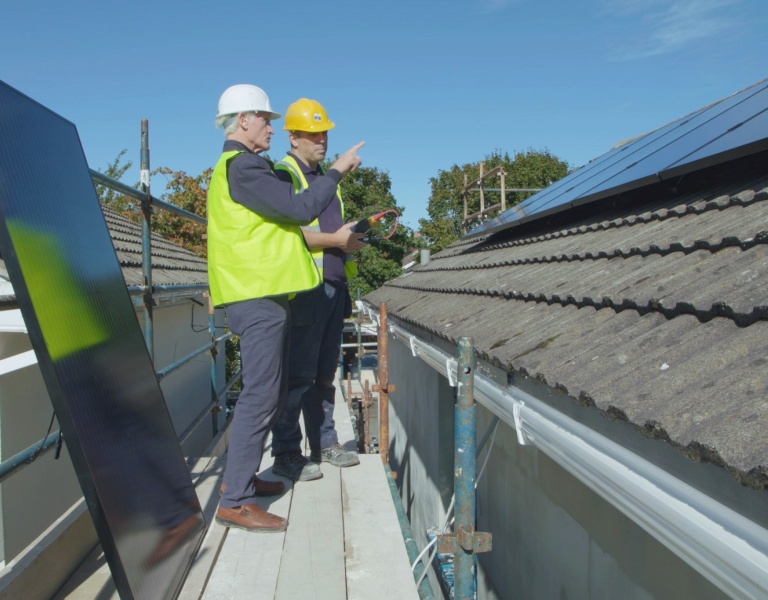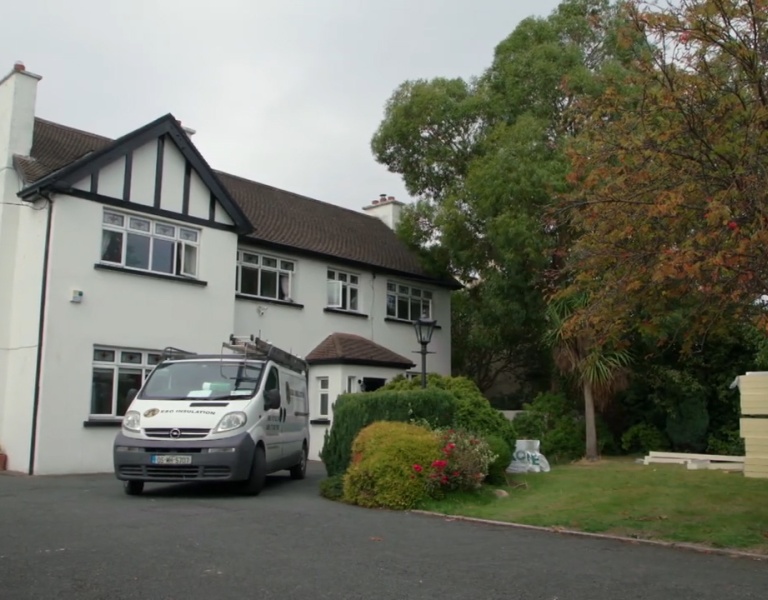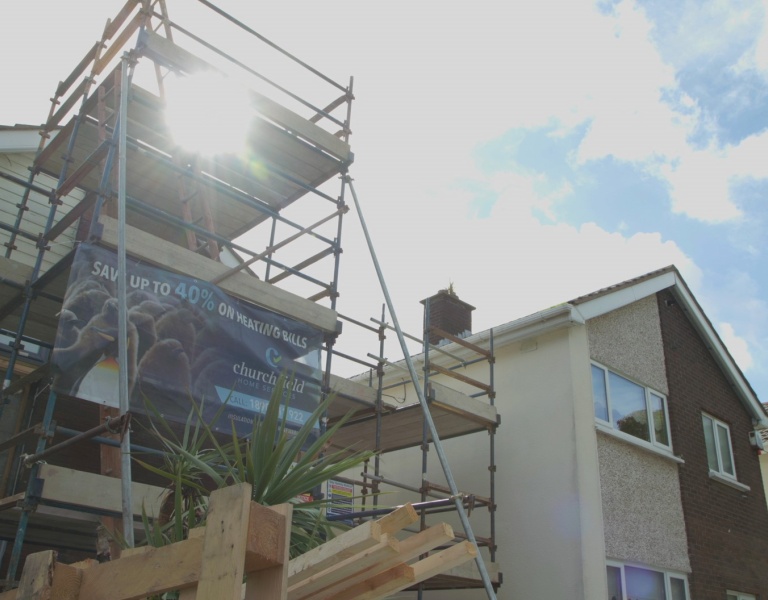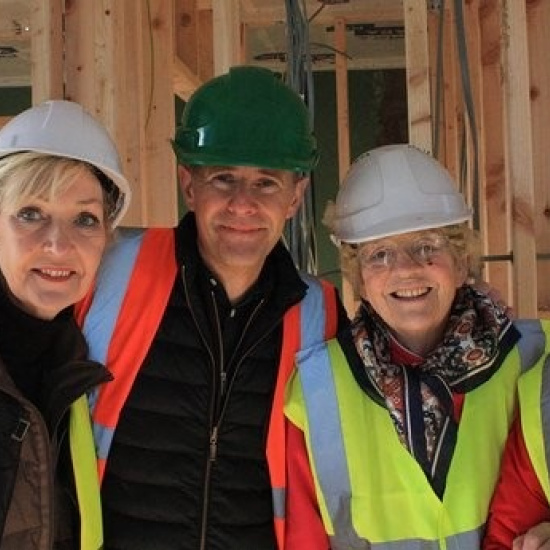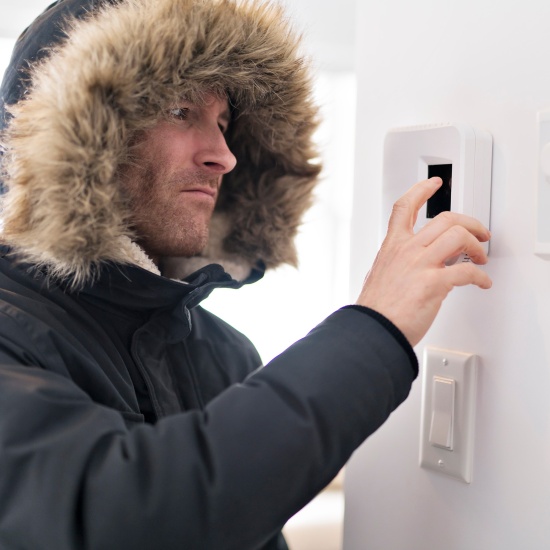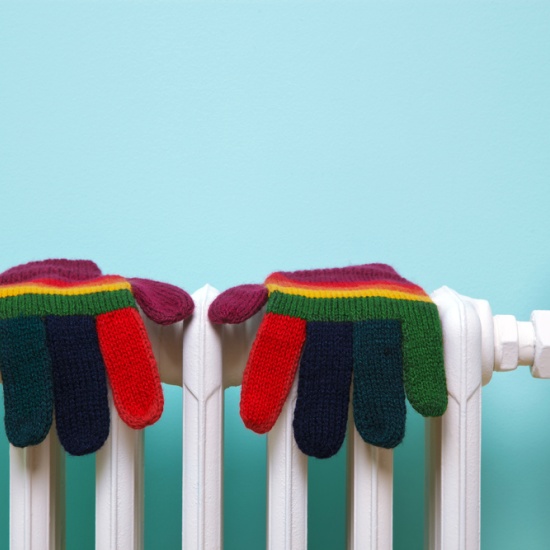Deep Retrofit Reviews
Helping homeowners transform their poorly efficient homes to the standard of a brand new A-rated house
Changing our inefficient housing stock
With climate change a very pressing issue, a huge challenge is to reduce our homes' energy use and Co2 emissions. One quarter of Ireland's energy-related Co2 emissions are created by our inefficient housing stock. Over 1 million homes falling under a C energy rating (BER C). In addition, 98% of our home heating is sourced from fossil fuels (gas, oil, coal).
This means that many people are spending a lot of money trying to heat cold, damp and often unhealthy homes. In order to address the challenges in our housing stock, the government developed the Deep Retrofit Pilot Programme. This is a way to help homeowners transform their poorly efficient homes. The standard of a brand new A-rated house is possible in terms of energy performance.
House 1 - Sinead and Peter McLaughlin
A deep retrofit means looking at the energy performance of the entire house. Sinead and Peter McLaughlin bought their house in Templeogue 2017. After spending a winter there, they found it cold and determined that the house needed serious work. "As soon as you turned the central heating off, the heat just escaped", says Sinead.
The energy rating of the house was originally an E, which Peter described as "E for Eskimo".
Sinead and Peter were accepted onto the Deep Retrofit Pilot Programme in 2018. They underwent the process of developing their home from a BER E up to an A3 energy rating.
What was completed?
- Insulated windows, walls, floors and roof
- Quilt insulation layered in attic & a warm deck flat roof upgrade
- A new renewable air to water heat pump was installed with low surface radiators
- Air tightness was enhanced with a new mechanical ventilation system
House 2 - Aisling Jones and Cormac Mullany
Aisling Jones and Cormac Mullany bought their first home in Donaghmede, North Dublin. However, before moving in, they decided to get involved in the programme.
"We knew that it [the house] needed a lot of work done. I suppose we are looking for a house that we can live in forever. The house will now go from a G to an A-rated house."
What was completed?
- Replaced all the window and doors
- Applied external wall insulation
- Removed existing heating system and installed a new heat pump with new low temperature radiators
- Installed a new wood-burning stove
- Improved airtightness of the building and installed a new mechanical ventilation system
- 300mm of attic quilt insulation
- LED lighting
- Installed Solar PV panels
Finance and Results
SEAI offered a grant of 50% to cover the works of Deep Retrofits at the time
"We did have to apply for a loan knowing that we will be increasing the value of the house. Essentially at the end of the day, our energy bills will be lower", says Aisling Jones.
"For now though we know that we are going to have a really warm house. It will be as energy efficient as it can be", she continues.
The average Deep Retrofit household would spend in the region of between €1600 to €2000 per year on heat (based on its poor pre work BER rating). The cost to heat a home with an A3 rating is reduced to somewhere around €500 per year. Research from ESRI also notes that an A-rated home can have a significantly positive relationship on the list price.
All the works were completed on Sinead McLaughlin's home. She remarked, "We used to joke that it was warmer outside than inside so we are thrilled with the difference".
Her husband Peter has also noticed the changes. He says, "Since we have had the work done, the house is just a constant temperature. The weather has got colder over the last few weeks but we have really noticed the consistency of the temperature".
"The outcome we have achieved has been amazing. We now have a warm A3-rated house", he adds.
